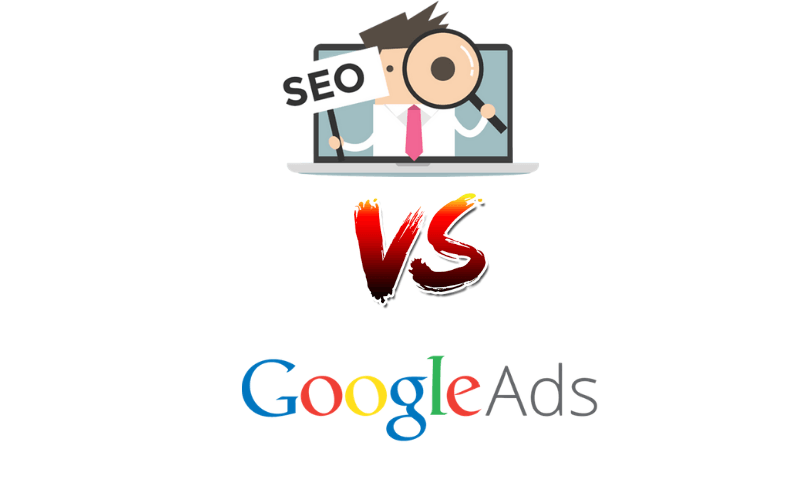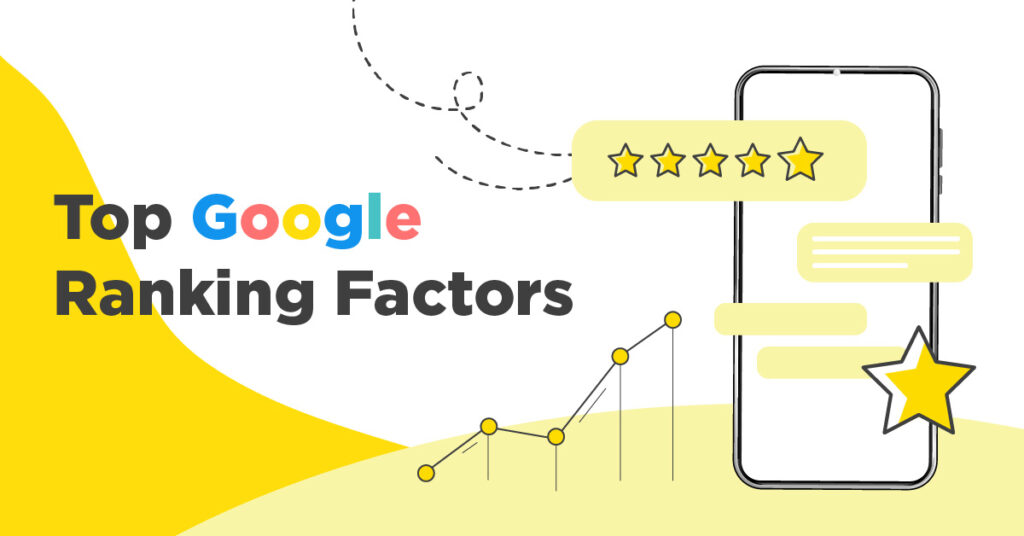In today’s fast-paced and digital-driven world, marketing has evolved far beyond traditional strategies. The incorporation of Artificial Intelligence (AI) into marketing practices has revolutionized the way businesses connect with their audiences, analyze data, and make strategic decisions. AI is not just a buzzword; It is a transformative force that is reshaping the marketing landscape. In this article, we will explore the best examples of AI in marketing that are taking the industry by storm.
1. Personalization with AI
AI plays a vital role in delivering personalized content to consumers. Brands like Amazon and Netflix have become leaders in personalization thanks to AI-powered recommendation engines. These systems analyze user behavior and preferences to suggest products, movies or shows that match personal interests.
Why it works: AI algorithms process massive datasets and provide highly-relevant recommendations in real-time. This personalization not only increases customer engagement but also increases conversion rates.
2. Chatbots for Customer Service
Chatbots have become an integral part of customer service in recent years. They leverage Natural Language Processing (NLP) to understand and respond to customer inquiries 24/7. Companies like H&M and Sephora have effectively implemented chatbots to assist customers with product recommendations, order tracking, and general inquiries.
Why it works: Chatbots save time, provide quick responses, and ensure a consistent customer experience. They also help in lead generation by capturing potential customer data.
3. Email Marketing Automation
Email marketing has seen a significant change with the integration of AI. Tools like MailChimp and HubSpot use AI to optimize email subject lines, content, and delivery times, increasing open rates and click-through rates.
Why it works: AI analyzes user behavior and interaction history to craft personalized emails. This personalization leads to higher engagement, better lead nurturing and ultimately increased sales.
4. Content Creation with AI
Creating high-quality, engaging content takes time. AI tools like GPT-3 can generate content that is almost indistinguishable from human-written content. They can write blog posts, product descriptions, and even ad copy.
Why it works: AI content creation tools save time and effort, making it easier for marketers to maintain a consistent posting schedule. They also ensure that the content is relevant and tailored to the target audience.
5. Programmatic Advertising
Programmatic advertising leverages AI to automate ad buying. It uses real-time data and AI algorithms to target the right audience with the right message. Google Ads and Facebook Ads use AI for ad placement and bidding strategies.
Why it works: Programmatic advertising optimizes ad spend, ensuring every ad dollar is invested efficiently. It also provides highly targeted advertising, which increases the chances of conversion.
6. Predictive Analytics
AI-powered predictive analytics helps marketers predict customer behavior. These systems use historical data to make predictions about future trends and customer actions. For example, predictive analytics tools can help businesses predict which products are likely to sell well during specific seasons.
Why it works: Predictive analytics helps with inventory management, campaign planning, and resource allocation. This reduces guesswork and increases the accuracy of marketing strategies.
7. Social Media Management
Social media is a goldmine of data. AI-powered tools like Sprout Social and Hootsuite analyze social media data to identify trends, track mentions, and schedule posts at optimal times. They can also suggest content ideas based on what’s trending.
Why it works: Social media management tools save time, help maintain a consistent online presence, and provide insight into what content audiences are enjoying.
8. Voice Search Optimization
With the increasing popularity of virtual assistants like Siri, Google Assistant, and Alexa, voice search is on the rise. AI is essential for optimizing content for voice search. Businesses need to tailor their SEO strategies to accommodate voice search queries.
Why it works: Voice search optimization ensures that businesses can be found and compete effectively in the voice search arena. It increases the visibility and reach of a brand.
9. Dynamic Pricing
Dynamic pricing is a strategy used by e-commerce giants like Amazon and Uber. AI algorithms analyze market conditions, competitor prices, and customer behavior to determine the optimal price for products or services. Prices can change in real time to maximize profits.
Why it works: Dynamic pricing ensures that products are priced competitively. It maximizes profitability by adjusting prices according to demand and other market factors.
10. Customer Segmentation
Customer segmentation is important for providing targeted marketing campaigns. AI helps businesses classify customers based on various characteristics such as demographics, behavior, and purchase history. This segmentation enables tailored marketing efforts.
Why it works: Customer segmentation increases the efficiency of marketing campaigns. This allows for sending customized messages that resonate with specific groups of customers.
11. Content Curation
AI-powered content curation tools like Curata and Scoop.it scan the internet for the most relevant and trending content in your niche. They can automatically share this content across your social media channels, saving you time and keeping your audience engaged.
Why it works: Content curation tools help maintain a constant stream of fresh content, establish you as an industry expert and keep your audience informed.
12. A/B Testing Optimization
A/B testing is a fundamental practice in marketing. AI can take A/B testing to the next level by automating the process and providing information about what works best. This helps marketers make data-driven decisions about which elements to optimize.
Why it works: AI streamlines the A/B testing process, making it faster and more accurate. This ensures that marketing efforts are continuously refined for better results.
13. Marketing Attribution Models
Marketing attribution models help businesses understand the customer journey and which marketing touchpoints are most effective. AI can analyze huge datasets to provide information about a customer’s conversion path.
Why it works: Marketing attribution models help allocate budget and resources to the most effective channels. This maximizes the return on investment.
14. Competitive Analysis
AI tools can monitor and analyze competitors’ online activities. They can track competitive strategies, social media mentions, and changes in market position, providing valuable insights for your marketing strategy.
Why it works: Competitive analysis informs you about what your competitors are doing and helps you adapt and stay competitive in your industry.
15. Content Optimization
AI can analyze the performance of your content and suggest improvements. Tools like Clearscope and MarketMuse use AI to identify gaps in your content and recommend targeted keywords for better search engine rankings.
Why it works: Content optimization tools increase the visibility of your content and help it rank higher in search engine results, ultimately driving more organic traffic.
16. Sentiment Analysis
Understanding customer sentiment is essential to designing effective marketing campaigns. AI-powered sentiment analysis tools can process customer reviews, social media comments, and other data sources to gauge public opinion.
Why it works: Sentiment analysis helps businesses measure the public’s perception of their brand and make necessary adjustments to marketing strategies.
17. Lead Scoring
Lead scoring is important for identifying potential customers who are most likely to convert. AI can assign scores to leads based on their behavior, engagement, and other factors, helping sales teams prioritize their efforts.
Why it works: Lead scoring ensures that sales teams focus on the most promising leads, increasing conversion rates and efficiency.
18. Ad Creative Generation
Creating visually appealing and effective ad creative can take time. AI tools can generate ad creative based on the product or service you are promoting, making the ad creation process more efficient.
Why it works: Ad creative creation tools save time and ensure ads are consistently high quality.
19. Marketing Chatbots
Marketing chatbots are different from customer service chatbots. They connect with potential customers on your website, answer questions, and even schedule appointments or demos.
Why it works: Marketing chatbots provide instant engagement and assistance to website visitors, increasing lead generation and customer satisfaction.
20. Influencer Marketing
AI can help identify the right influencers to collaborate with based on audience demographics and the influencer’s reach and engagement. This data-driven approach ensures that influencer marketing campaigns are more effective.
Why it works: Identifying the right influencers increases the reach and impact of influencer marketing campaigns, leading to higher ROI.
21. Augmented Reality (AR) and Virtual Reality (VR) Marketing
AR and VR provide immersive experiences that can be used in marketing. For example, IKEA’s AR app lets customers imagine what furniture would look like in their homes. AI is used to make these experiences more interactive and dynamic.
Why it works: AR and VR marketing create engaging experiences that consumers love, increasing brand loyalty and conversion rates.
22. Content Personalization at Scale
AI-powered content personalization isn’t limited to product recommendations. It can personalize the entire user experience on a website, showing customized content and offers to different segments of your audience.
Why it works: Content personalization at scale increases user engagement, reduces bounce rates and ultimately increases conversions.
23. Marketing Dashboards and Reporting
AI can automate the creation of marketing dashboards and reports. Tools like Google Data Studio use AI to compile and visualize data from a variety of sources, making it easier to track campaign performance.
Why it works: Automated reporting saves time and provides real-time insight into marketing performance, helping to make quick decisions.
24. Customer Retention
AI can predict when customers are at risk of churning and recommend retention strategies. For example, AI can suggest discounts or special offers to customers who haven’t made a purchase in a while.
Why it works: AI-powered customer retention strategies help businesses retain valuable customers and increase customer lifetime value.
25. Ethical Marketing and Data Privacy Compliance
AI is also helping marketers ensure that their practices comply with data privacy regulations. AI can scan websites for compliance issues, analyze data management processes, and identify potential areas of risk.
Why it works: Ethical marketing and data privacy compliance are essential to maintain customer trust and avoid legal issues.
Conclusion
Examples of AI in marketing are diverse and constantly evolving. As AI technology advances, businesses can expect even more innovative applications in the marketing landscape. The key to successful AI integration in marketing is to understand your audience, leverage data effectively, and stay updated on the latest AI developments in the field. By doing so, you can harness the power of AI to boost engagement, conversion, and ultimately the success of your marketing efforts.
Incorporating AI into your marketing strategy can provide many benefits, including advanced personalization, streamlined processes, better data analysis, and more effective marketing campaigns. To remain competitive in today’s digital landscape, it is important to find and adopt the best examples of AI in marketing that align with your business goals and objectives.



